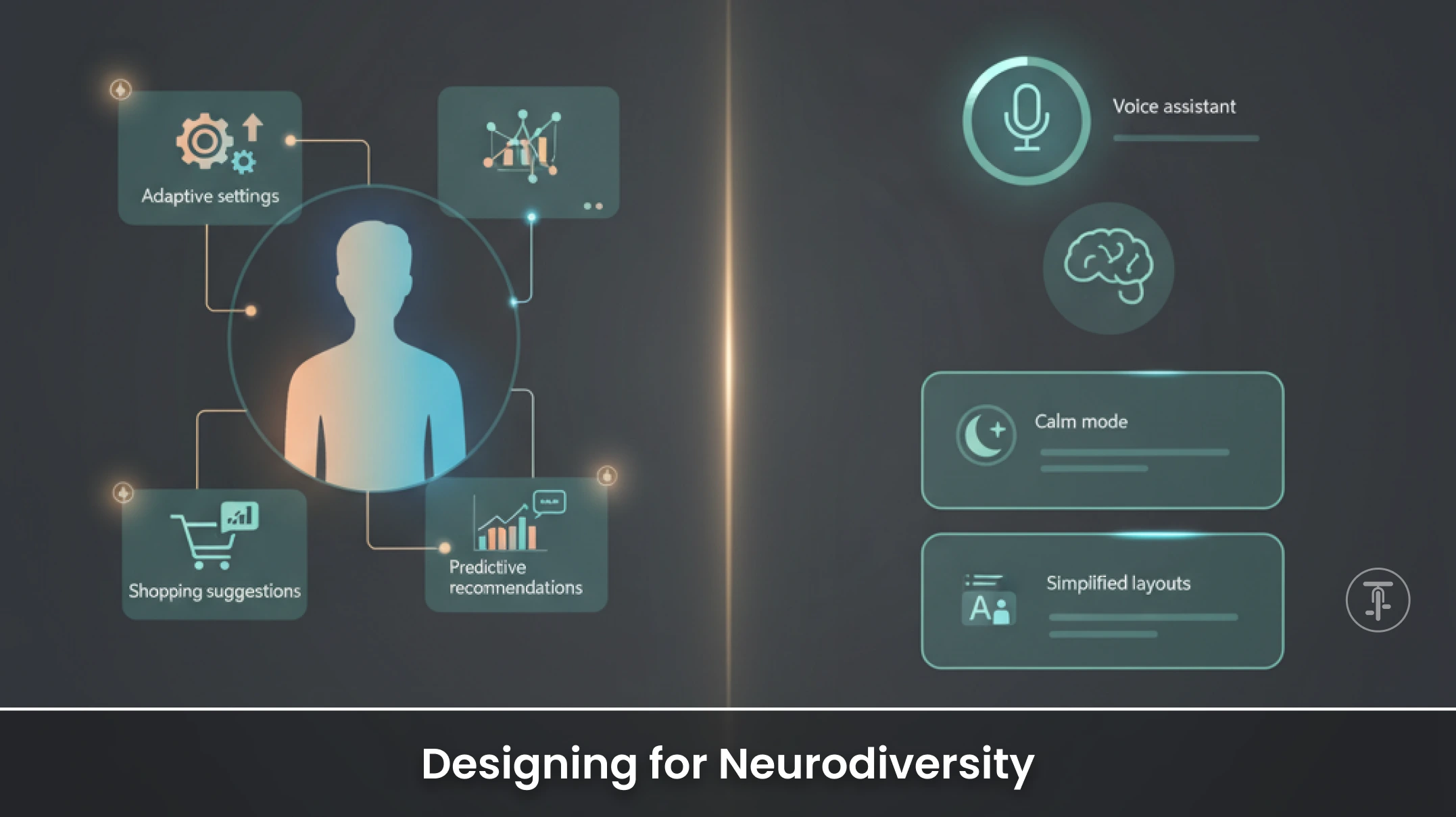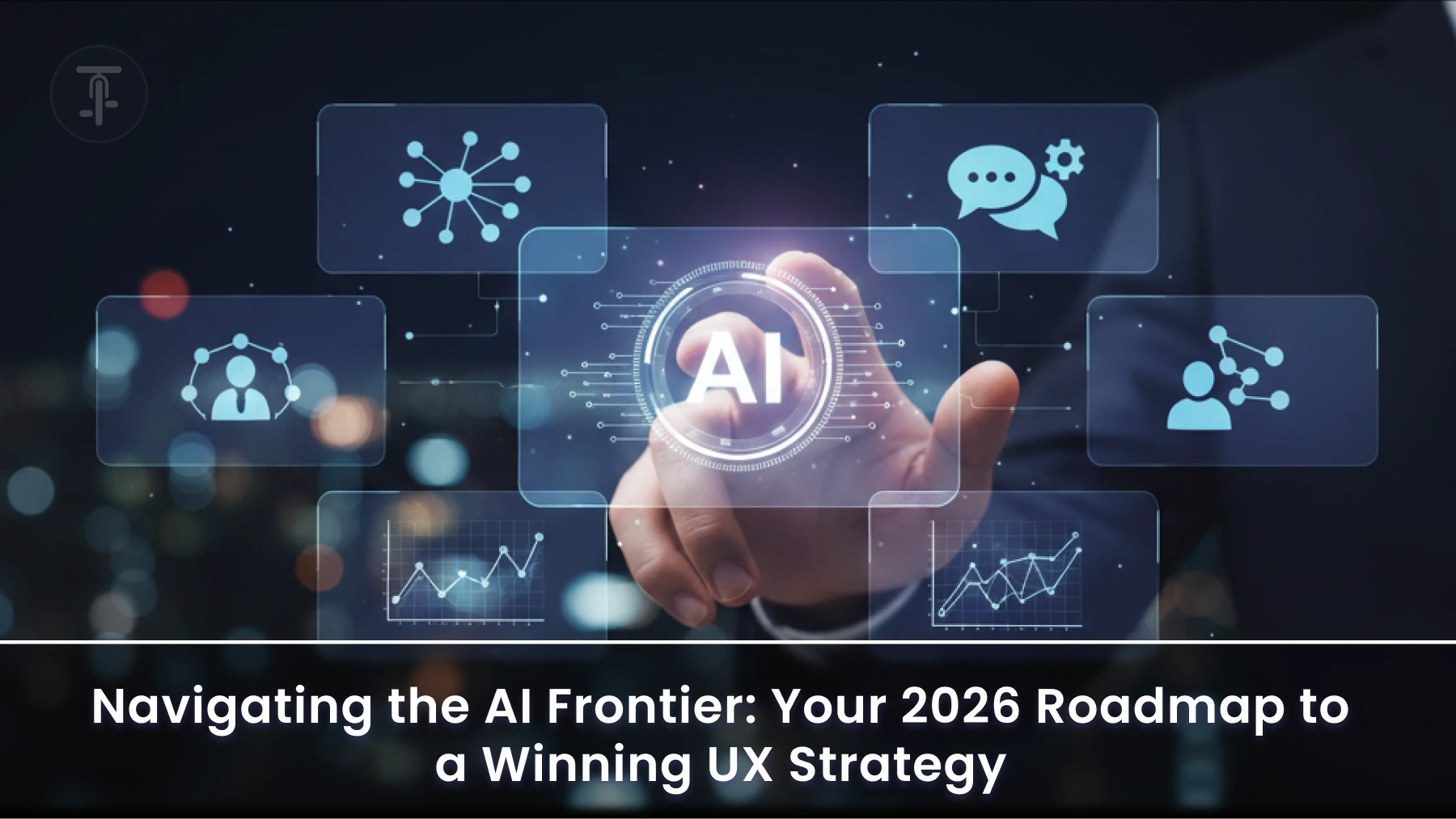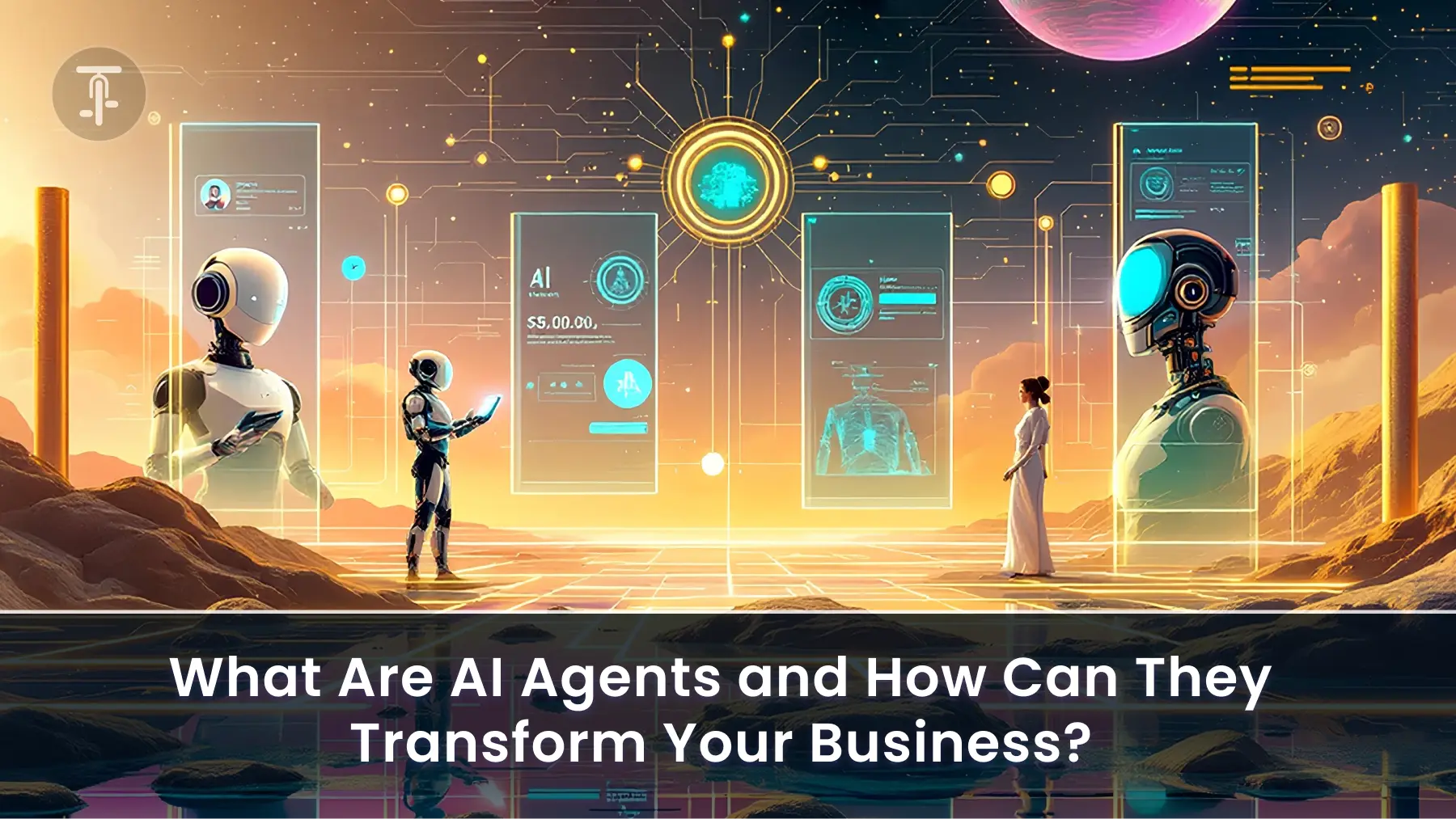Introduction
Remember the last time you abandoned an app partway through sign-up or bounced off a sluggish site? The process may feel clunky, impersonal, or too much work. You’re not alone—70% of users say usability is more important than looks when determining whether to stay with a product.
Now, introduce AI to the equation. In 2026, consumers expect digital products not just to look great, but also to think ahead. They crave experiences that are personal, natural, and intuitive—without added clicks or friction. If your product isn’t giving them that, someone else’s will.
This guide takes you through the UX and AI trends that are defining 2026, with real-world examples and concise takeaways you can start using today.
UX & AI Trends
- Hyper-Personalization With Privacy Built-In
What it is
No more “people like you” buckets. Hyper-personalization is when your app or site reacts in real-time to a person’s behavior, context, and intent—without making them uncomfortable.
Why it matters
Personalized experiences can boost conversions by 200–400%. Users want it, but they’re equally cautious about how their data is managed. Transparency is not optional.
Real-world example
Airbnb’s suggestions aren’t coincidental. They consider previous bookings, search criteria, and even seasonal trends to reduce the time people spend searching and encourage them to book sooner.
How to begin
- Assess what data you gather and how you use it.
- Invest in AI for anticipating needs, such as recommending products before a user searches for them.
- Allow individuals to control personalization preferences—it fosters trust.
- Voice and Natural Language Interfaces
What it is
Tapping and typing won’t go away, but more users will expect to speak to your app or input in plain terms and be done with it instantly.
Why it matters
- Voice and chat cut friction, particularly for recurring tasks.
- It makes digital products more accessible to people with varying needs.
Case in point
A redesign of a banking app embedded a ChatGPT-like assistant. Rather than searching menus, customers might say, “Why was I charged this fee?” and be told straight out. The result was greater satisfaction and fewer support tickets.
How to begin
- Identify high-friction tasks (support, FAQs, navigation) and experiment with voice/chat there.
- Always give a fallback for noisy rooms or misheard requests.
- Combine voice with visual feedback so customers know what’s happening.
- Agentic AI and Invisible Interfaces
What it is
This is the “do it for me” era. Instead of waiting for input, apps anticipate needs—auto-filling forms, surfacing relevant information, or nudging users at the right time.
Why it matters
People don’t want to click through endless steps. They want outcomes. Invisible interfaces cut effort and boost loyalty.
Real-world example
E-commerce websites that automatically pre-fill shipping information from order history or toggle dark/light mode. It’s subtle, but it eliminates friction that leads to drop-offs.
How to begin
- Map journeys and identify repeated pain points.
- Use predictive models to recommend the “next best action.”
- Make automation transparent so users feel in control.

- Designing for Neurodiversity
What it is
Accessibility is more than screen readers and contrast. Neurodiverse design takes into account ADHD, dyslexia, motion sickness, and other cognitive requirements.
Why it matters
The “average user” doesn’t exist anymore. Products that accommodate different thinking win wider adoption and loyalty.
Example
Microsoft has pioneered the way with features such as reduced motion, simplified layouts, and adaptive notifications. These work for everyone, not only neurodiverse users.
How to start
- Provide several modes, such as “calm” or “focus” modes, with less animation.
- Compose error messages that inform, not shame.
- Involve neurodiverse participants in usability testing.
- Sustainable UX
What it is
Lightweight, quick, and low-energy digital products that minimize data load, battery consumption, and carbon footprint.
Why it’s important
- Faster websites lead to improved SEO and increased conversions.
- 78% of users report that sustainability affects their purchasing decisions.
Example
Apple makes app developers lean out resources, restricting background activity that overloads devices. On the internet, businesses are moving to WebP images and lazy loading to reduce page load times.
How to get started
- Run a site speed audit and remove bloated code.
- Use new file formats like WebP and AVIF.
- Host on green servers where feasible.
- Storytelling With Motion and Data
What it is
Subtle animations, interactive data, and narrative scrolls that guide users rather than overwhelm them.
Why it matters
When done right, motion clarifies, not distracts. Storytelling keeps users engaged, boosting dwell time and retention.
Example
Power BI’s natural language query feature lets users type “show me revenue growth this quarter” and instantly visualize it. That’s data storytelling at work.
How to start
- Use animation to signal state changes, such as loading, success, or errors.
- Create scroll-based tours for onboarding or case studies.
- Include a “reduced motion” option for sensitive users.
Your 2026 Roadmap in Practice
- Audit now: Where are users dropping off? What’s slow? What’s confusing?
- Prioritize: When churn is high, personalization must be the priority. When support tickets are huge, test voice/chat.
- Phase it: Start with quick wins like speed and accessibility, then move to advanced AI features like agentic and voice, and finally, storytelling and neurodiverse features.
- Measure: Monitor performance, conversions, and support volume as you roll out improvements.
Why Partner With Pedals Up
At Pedals Up, we don’t just keep up with trends—we use them to create real outcomes. Whether it’s hyper-personalized flows, agentic automation, or AI-powered interfaces, our team works with you to design for 2026 and beyond.
See how we can reimagine your digital product in our Services section.
2026 will see UX and AI merge into daily expectations. Hyper-personalization, voice, automation, inclusive design, and sustainable performance aren’t features of the future—they’re the bare minimum. If your website or app is going to remain competitive, start building now.
Ready to get started? Let’s chat. Book a free UX audit with Pedals Up today and receive a personalized roadmap to make your product 2026-ready.




